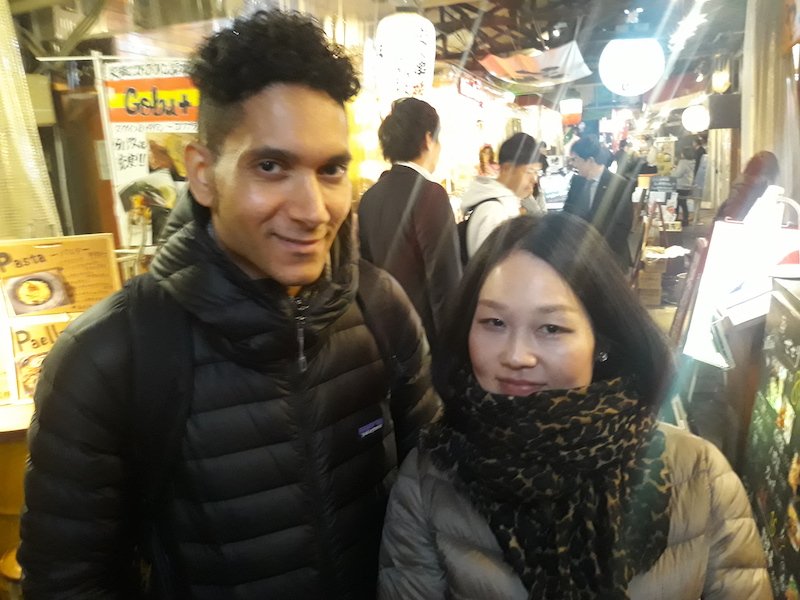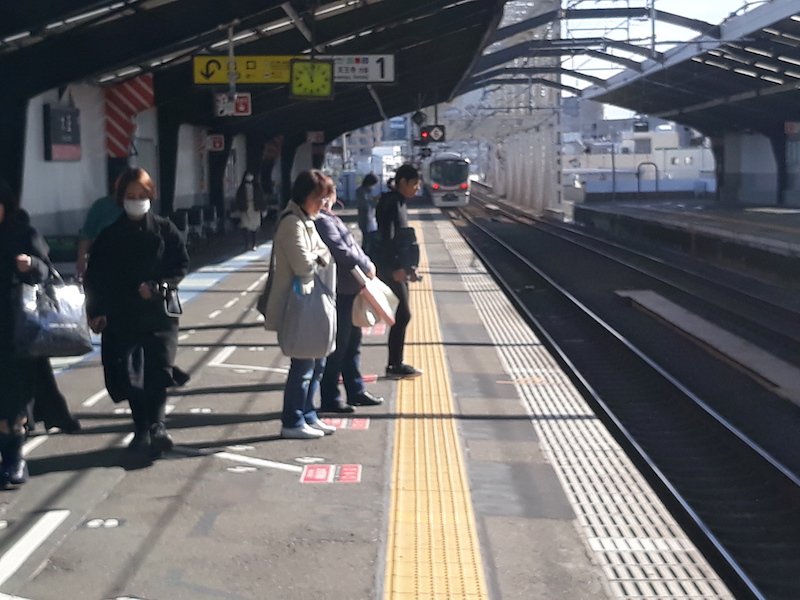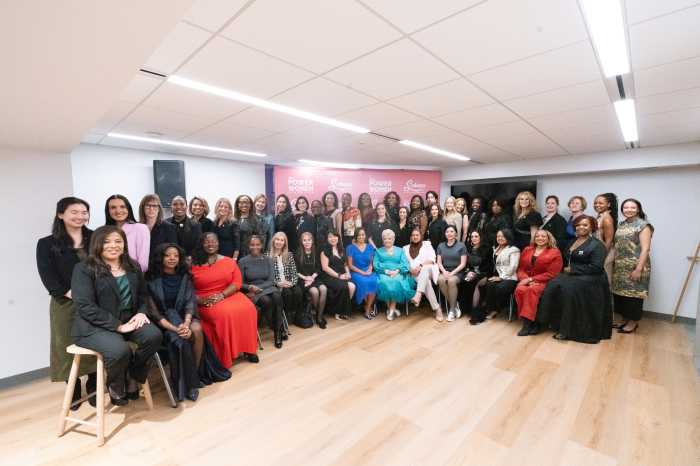Is it possible that all the hardcore bicyclists and transportation alternative types are right and that me, bull-headed Stephen Witt, can actually be wrong? Perish the thought.
Just the same, these were among my first few impressions and thoughts upon walking the streets of Osaka, Japan. I had come here, clawed away from my start-up Kings County Politics for the first time since it started five years ago, to visit my son, daughter-in-law and my first grandchild.
Osaka is Japan’s second-largest city and is extremely bicycle- and pedestrian-friendly with nary a parked car or electric scooter or bike insight.
It made me imagine for just a bit if New York City can actually reclaim parking spaces as public space as Streetsblog shouts at every turn. That perhaps the streets can be utilized for the greater good and transform the roads into a more efficient model, utilizing less of a carbon footprint and create a transportation network where bicycle and pedestrian use along with public transportation become the major modes of travel.

Anything is possible I reckon, but it will probably take a major collective way of thinking about how we treat each other back in the Big Apple. It would also take an understanding of the differences between a homogenous culture – where here most everyone is Japanese – and in the U. S. of A., where we’re culturally, ethnically and religiously a mixed bag of fruits and nuts
And in Japanese culture, there is very little lollygagging. Everybody scurries along, quickly, politely and efficiently. Both bicyclists and pedestrians wait at intersections for the light to turn green, and there is no bike rage. Bicyclists actually slow down and give pedestrians the right-of-way.
The cars are small, and there is an abundance of off-street, inexpensive parking lots in which to park, leaving plenty of room on the narrow streets to accommodate both safe bicycle and pedestrian lanes.
In fact, everything is small here. A large coffee here isn’t much bigger than an expresso back in Brooklyn and side streets are no bigger than Chicago alleyways. Most of the cars are the size of large Christmas toys back home. I wouldn’t be surprised if instead of parking, you could just get out of your car, fold it up and stuff it in your briefcase or backpack.
In regard to the subways, the ones in Osaka are clean and appear to run more on time, but I would argue the silver stagecoaches back home are not as bad as some would have it. During rush hour, for example, they have security stuffing you into the trains like cattle.
Imagine back home, if the cops or MTA personnel pushed you in the back to get you on the train. I can see it now. Straphangers would be saying things like, “Hey, who are you pushing?” People would be videoing this on their phone and God forbid somebody lost their balance. There would be a #pushedtoohard social media campaign in no time, and the poor city council would have to work their political fingers to the bone coming up with laws banning excessive pushing on the train.
And by the way, the buses aren’t all that either. I went to a Sumo match the other day (fodder for my next column) and several buses passed us with ‘Out Of Service’ signs in English. Sound familiar? You can take the Church Avenue busses out of Brooklyn, but you can’t take the Brooklyn out of shitty bus service – or something like that.
But all-in-all mass transit is cleaner and very efficient.
So how do we as American people and a city get to here from there?
The first answer is for the government to implement street culture change in an almost draconian way. They must not only reclaim parking spaces as public use for more pedestrian and bicycle lanes but also strictly enforce bicyclist road rage and I would argue ban electric scooters and bikes. In Japan, bicyclists slow down for pedestrians.
Short of government implementation, I reckon the first thing we need to do is understand that while there are differences between us, those differences collectively form our own homogenous culture. That means that babyboomers and millennials, people to the left and people to the right, all cultures, genders, etc need to work together with compromises for the greater good.
But this is a reach and a topic for another day.






